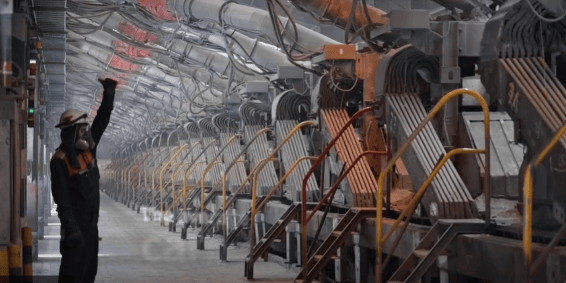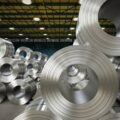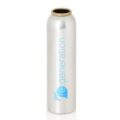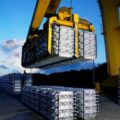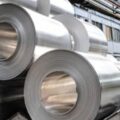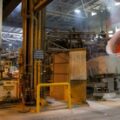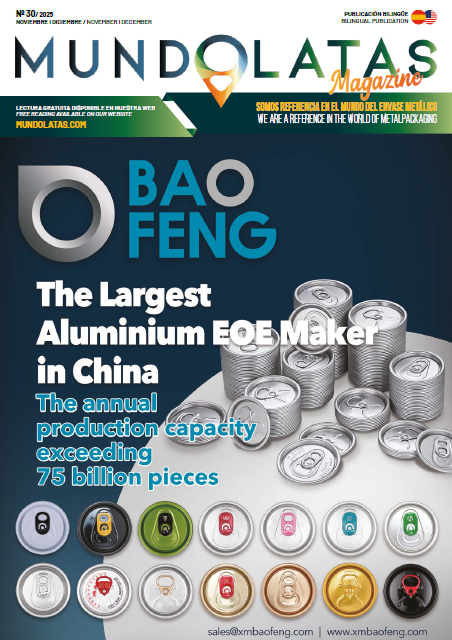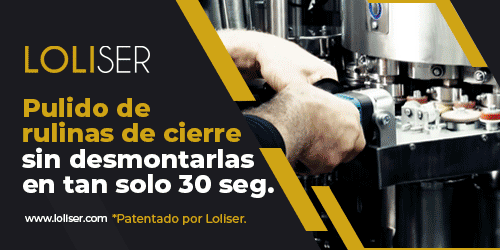Capral introduced its LocAl® Lower Carbon Aluminium design for Australian manufacturers. It is available for Australian manufacturers to develop their products with the highest efficiency, with significant carbon reduction.
Capral, an Australian company that manufactures aluminum products, announced its new product that has lower carbon content. Named LocAl®, it is a low-carbon primary aluminum option available in Capral’s locally manufactured extruded aluminum products. To provide Australian manufacturers with access to cleaner, greener and more sustainable aluminum for their projects.
LocAl’s offering also includes two lower carbon aluminum options: LocAl Green with carbon emissions of 8 kg CO2e/kg Al* and LocAl®®® Super Green at 4 kg CO2e/kg Al*, among the lowest carbon aluminum options available worldwide.
Just this year, Capral committed to achieving net zero emissions by 2050, a significant shift, driving rapid innovation and cultural evolution across the business, especially within procurement and operations. The introduction of LocAl® demonstrates a deliberate shift in Capral’s procurement strategy for primary aluminum billet.
Luke Hawkins, managing director of Supply & Industrial Solutions, said after the announcement that “by 2022, 22% of the primary aluminum billet Capral uses in its eight local extrusion presses has a carbon content of less than eight kilograms CO2e per kilogram of aluminum. Approximately 300 tons have a certified carbon content of less than 4 kilograms of CO2e per kilogram of aluminum. This is a strategic shift for Capral, driven by our desire to make low carbon aluminum accessible to Australian manufacturers. The market is looking for this product, and as Australia’s largest aluminum extruder, we must make it available.”
In addition, aluminum is known for its properties as the sustainable metal, its versatility and recyclability earning it this reputation. However, there are significant variations in the carbon emissions generated by smelters during the production of primary aluminum: it could be argued that some aluminums are considerably more sustainable than others.
The main contribution to carbon emissions from aluminum comes from the electrolysis process used in aluminum smelting. About 60% of GHG emissions from the aluminum sector come from the production of electricity consumed during the aluminum smelting process. An added fact that may surprise some is that, combined, the four aluminum smelters that produce primary aluminum in Australia consume approximately 10% of the national energy grid.
Michael O’Keefe, General Manager of Marketing and Technology, said: “With eight kilograms of carbon emissions per kilogram of aluminum, the LocAl Green offering has 50% lower carbon emissions than the current global average for primary aluminum. At 4 kilograms, LocAl Super Green is 75% lower; this is a significant reduction. It offers Australian manufacturers an important opportunity to make more responsible procurement decisions when sourcing extruded aluminum.”
In addition to lower carbon emissions, the primary aluminum offered under the Local® brand comes exclusively from smelters certified by the Aluminum Stewardship Initiative (ASI).
ASI is a global non-profit organization that brings together producers, users and stakeholders in the aluminum value chain. ASI members are committed to the responsible procurement and sustainable production of aluminum. This globally recognized organization has become the cornerstone of sustainable aluminum procurement for the world’s leading aluminum organizations offering robust standards and transparency. Capral joined ASI in July 2022.
“Being able to offer LocAl aluminum from ASI-certified smelters gives us the added assurance that the aluminum we buy has been produced responsibly with sustainability and social impact in mind. It helps us stand behind the product we sell and tell our customers that we have done our best to deliver a product that has been responsibly produced at all stages of the value chain.” Luke reiterated.

